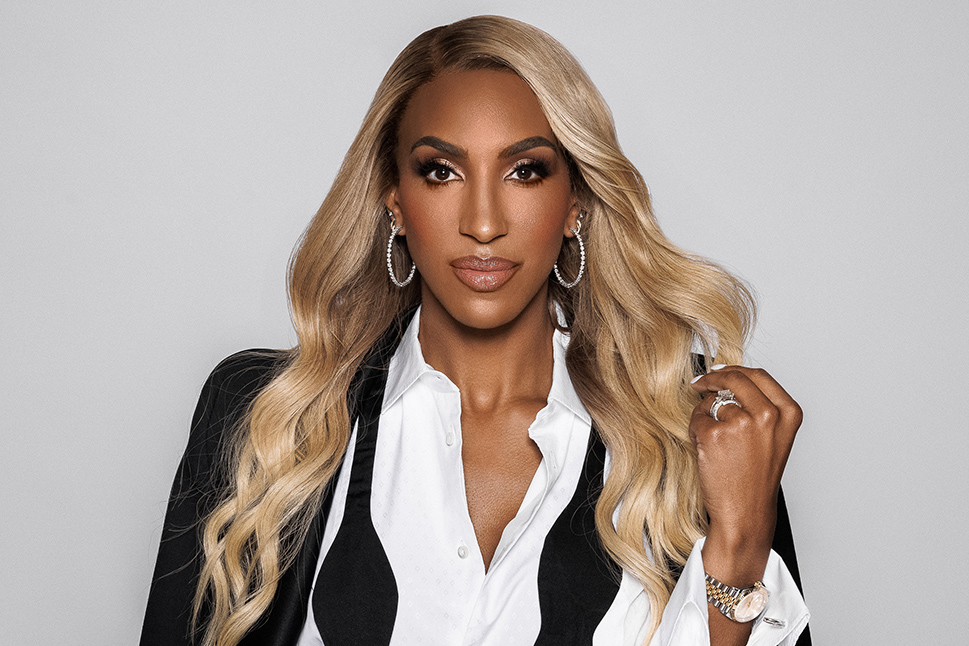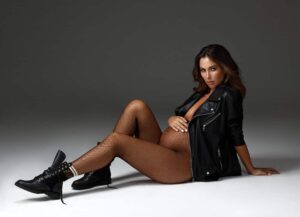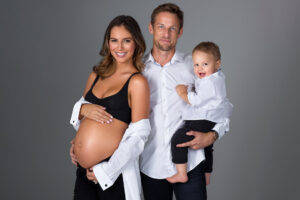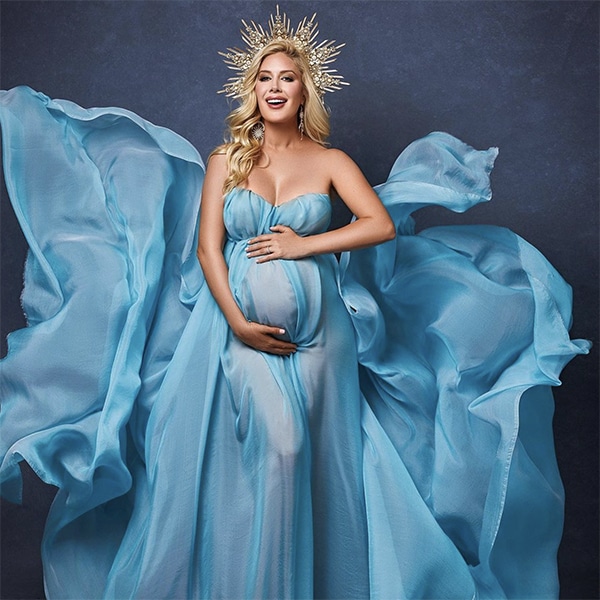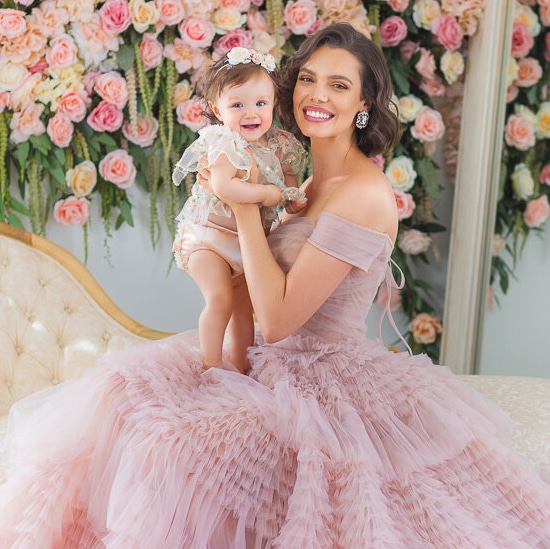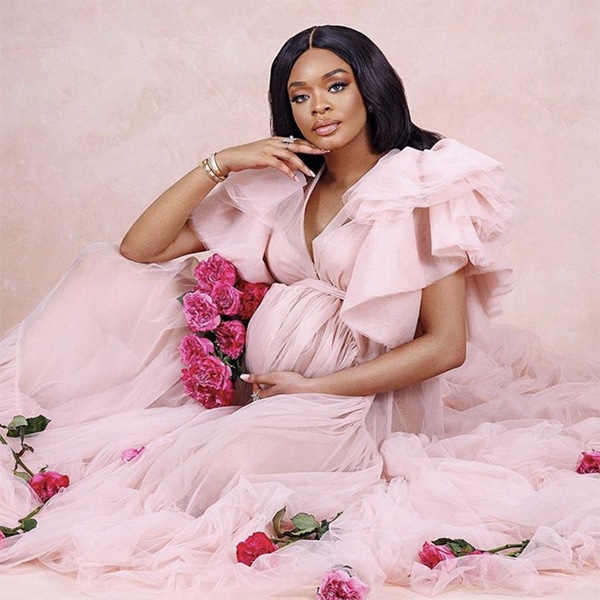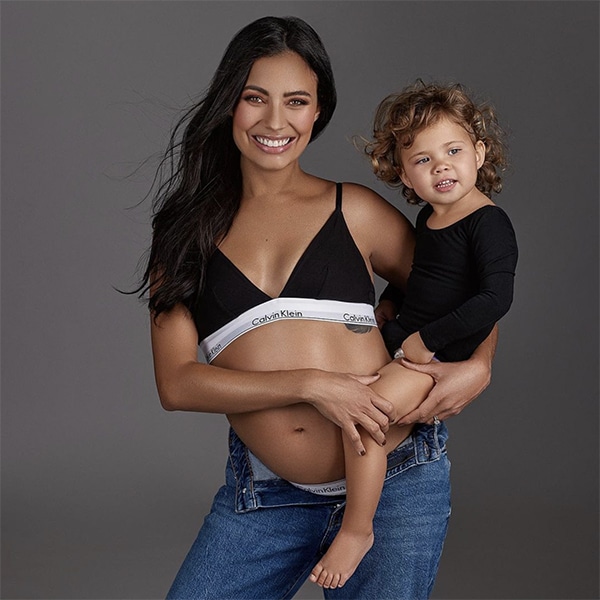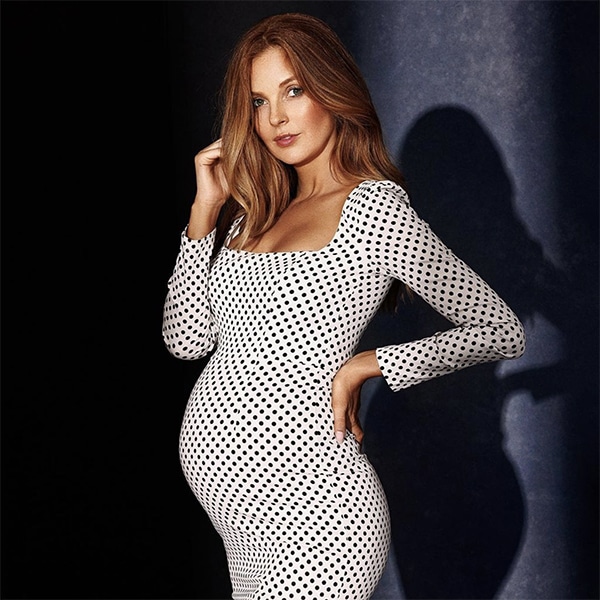10 Tips for The Best Professional Headshots in Los Angeles
When it comes to making a strong first impression, a professional headshot can be a game-changer. Whether you’re updating your LinkedIn profile, preparing for a company website, or simply wanting to put your best face forward on social media, a high-quality headshot is essential. There’s no way around it—people form opinions in seconds, and you want your photo to convey confidence, professionalism, and approachability.
You may be wondering how to achieve the perfect headshot, especially if you’re taking it yourself. Don’t worry, we’ve got you covered. From choosing the right light source and backdrop to perfecting your pose and expression, this guide will provide you with everything you need to know. Whether you’re using a smartphone for a DIY headshot at home or booking a session with a professional photographer, we’ll walk you through the process step-by-step.
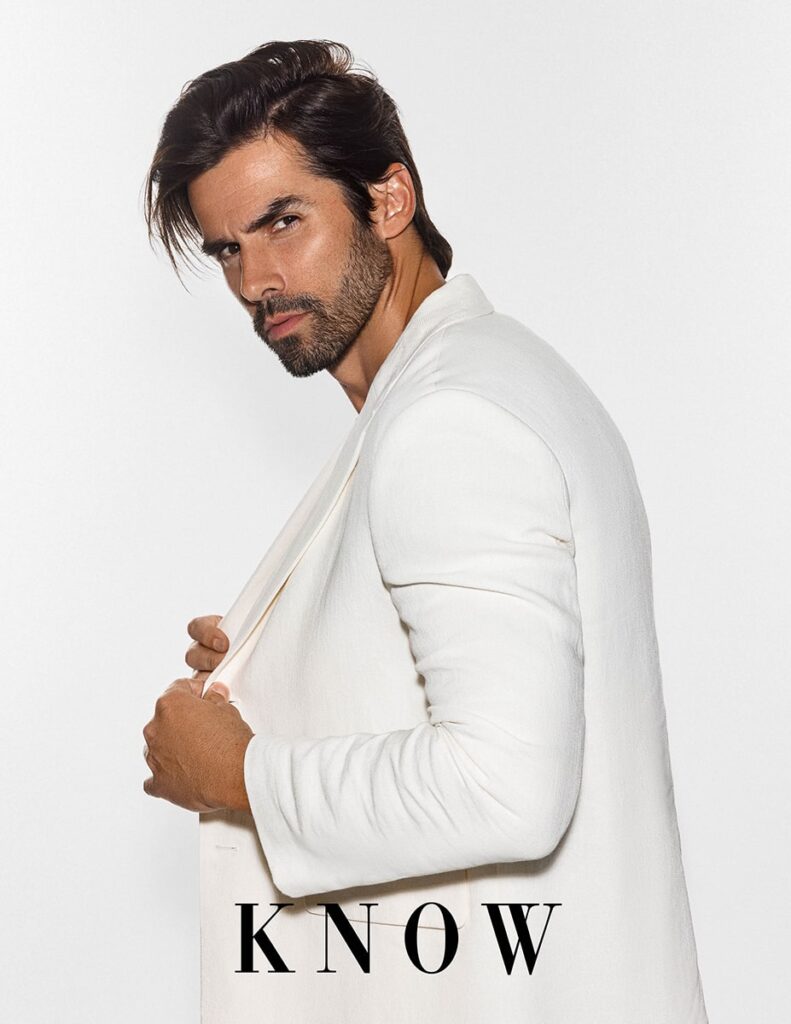
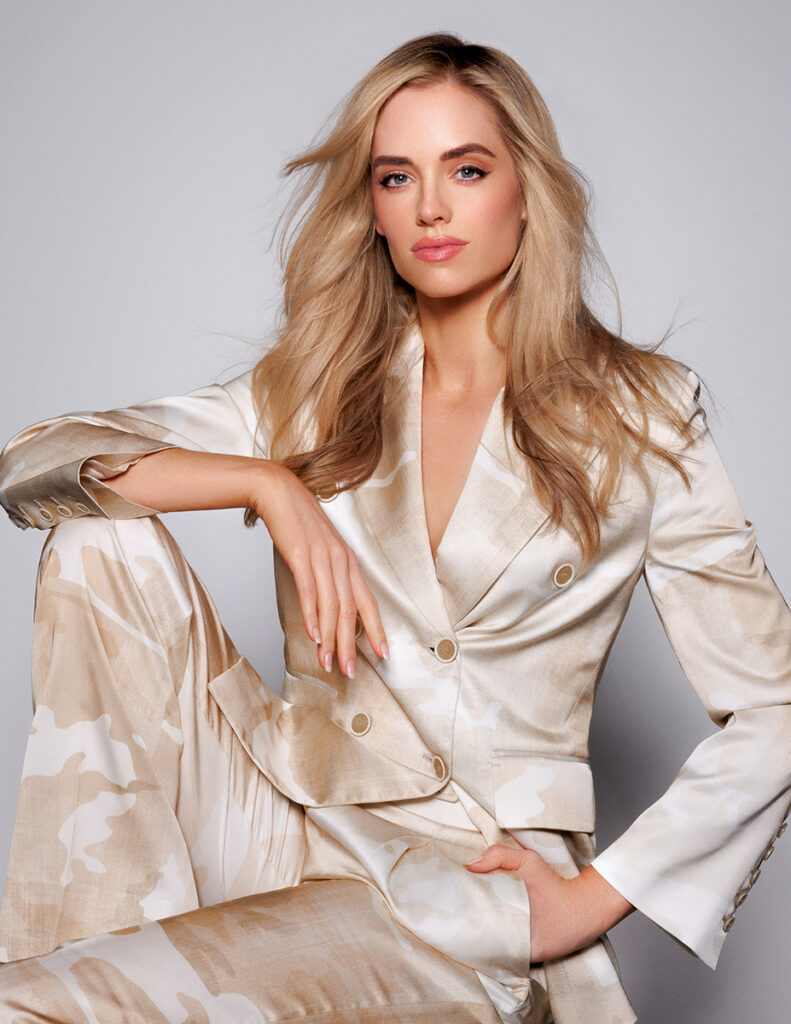
Tip 1: Choose the Right Photographer
Choosing the right photographer for your professional headshot is super important—you need someone that knows what they’re doing and will make you feel confident. Start by doing your homework. Browse through online portfolios and websites of photographers who specialize in headshots. Look for consistency in their work, especially in the quality of lighting and the expressions of their subjects.
A photographer’s portfolio is like their personal gallery—it’s where you’ll see their style, creativity, and technical skills. When reviewing portfolios also look for variety in poses, lighting, and settings. This will give you an idea of how adaptable the photographer is to different situations and client needs.
Check out reviews on Google, Yelp, or social media. Pay attention to what past clients have to say about their experience. Were they comfortable in front of the camera? Did the photographer help them relax and feel natural? These details can make a significant difference in the final photos.
Don’t be shy about reaching out and asking questions! A good photographer will be happy to discuss your needs, offer suggestions, and show you more examples of their work.
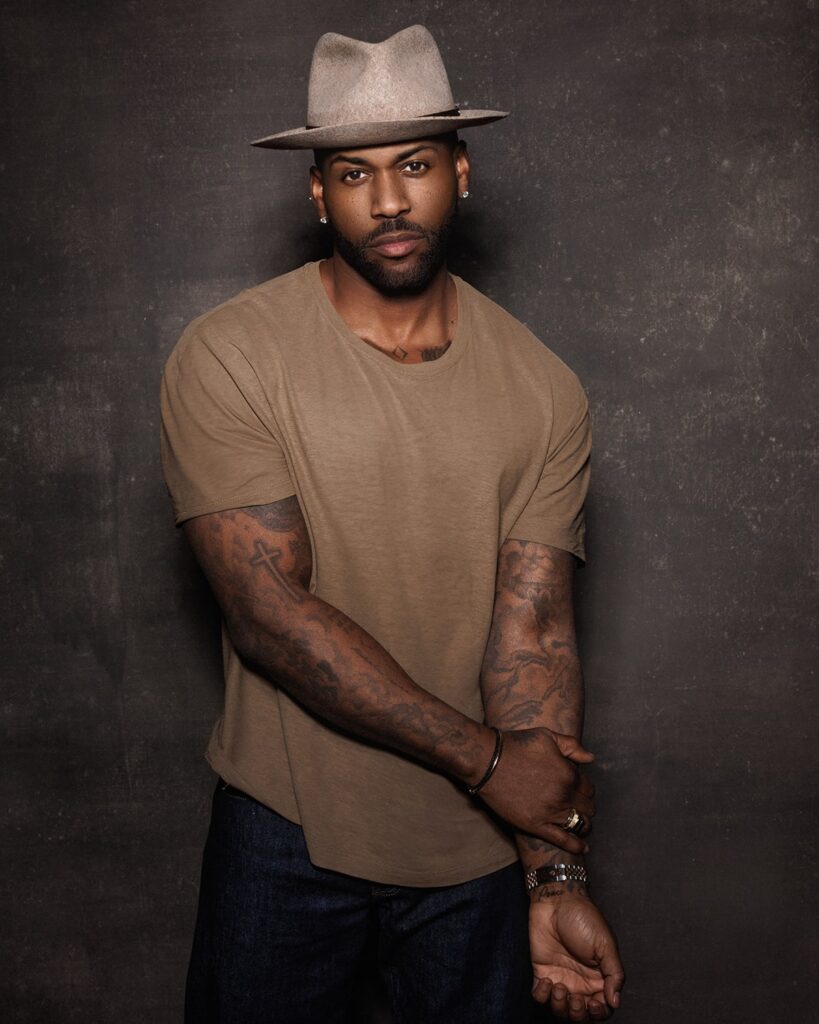
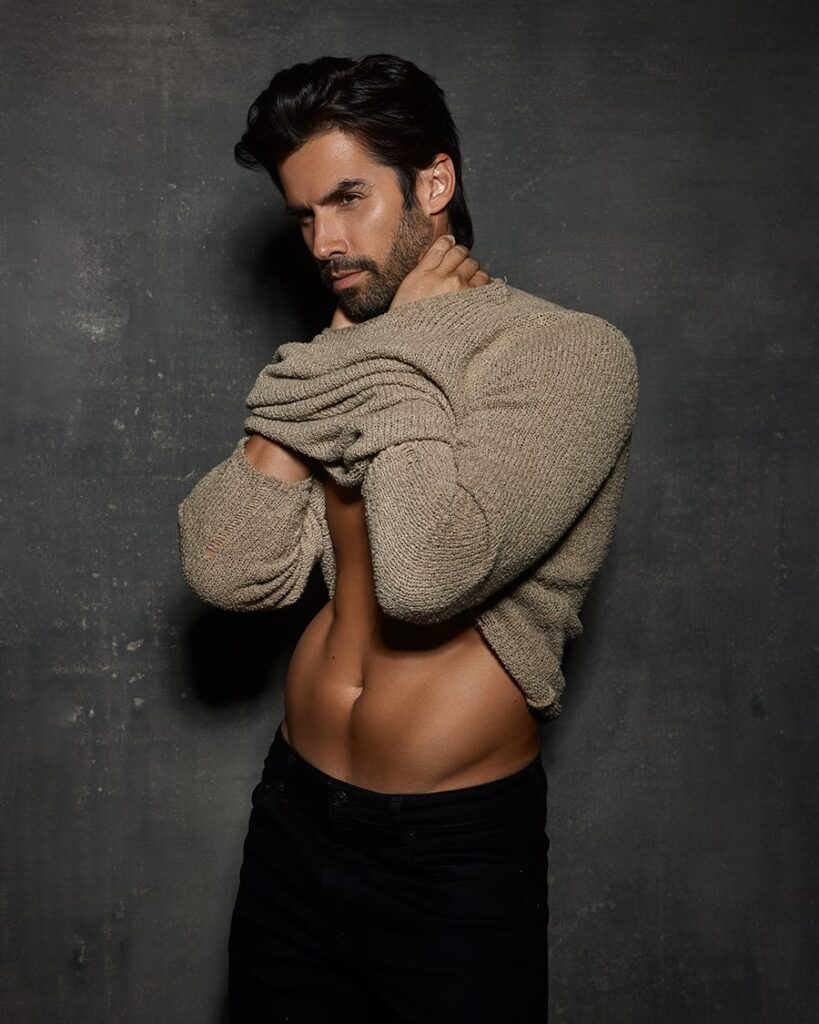
Tip 2: Preparing for Your Headshot Session
How to Choose the Perfect Outfit for Your Professional Headshot
Choosing the perfect outfit for your headshot is like picking out the best dress for prom or the ideal suit for a job interview—it should reflect your personality while looking polished and professional. Start with solid colors because they help keep the focus on your face, which is the star of the show. Busy patterns or overly bright colors can be distracting and take away from your natural features.
Think about colors that flatter your skin tone. If you’re not sure, neutrals like navy, black, and gray are always safe bets. They look professional and photograph well. Also, consider the industry you’re in. If you work in a more conservative field like finance or law, traditional business attire might be the best choice. On the other hand, if you’re in a creative field, you have more freedom to showcase your personal style.
Fit and comfort are crucial. Your clothes should fit well without being too tight or too loose. You don’t want to be fidgeting with your outfit during the session. The goal is to feel comfortable and confident in what you’re wearing because that confidence will shine through in your photos.
See top fashion photography Los Angeles trends you need to know in 2024.
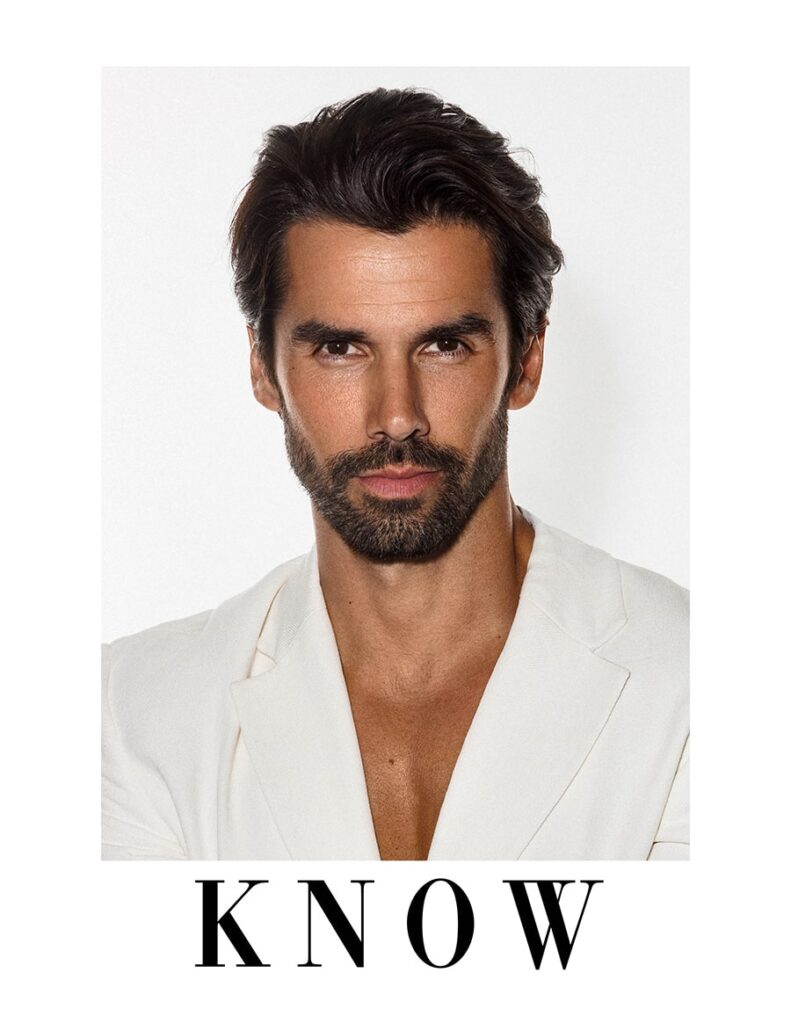
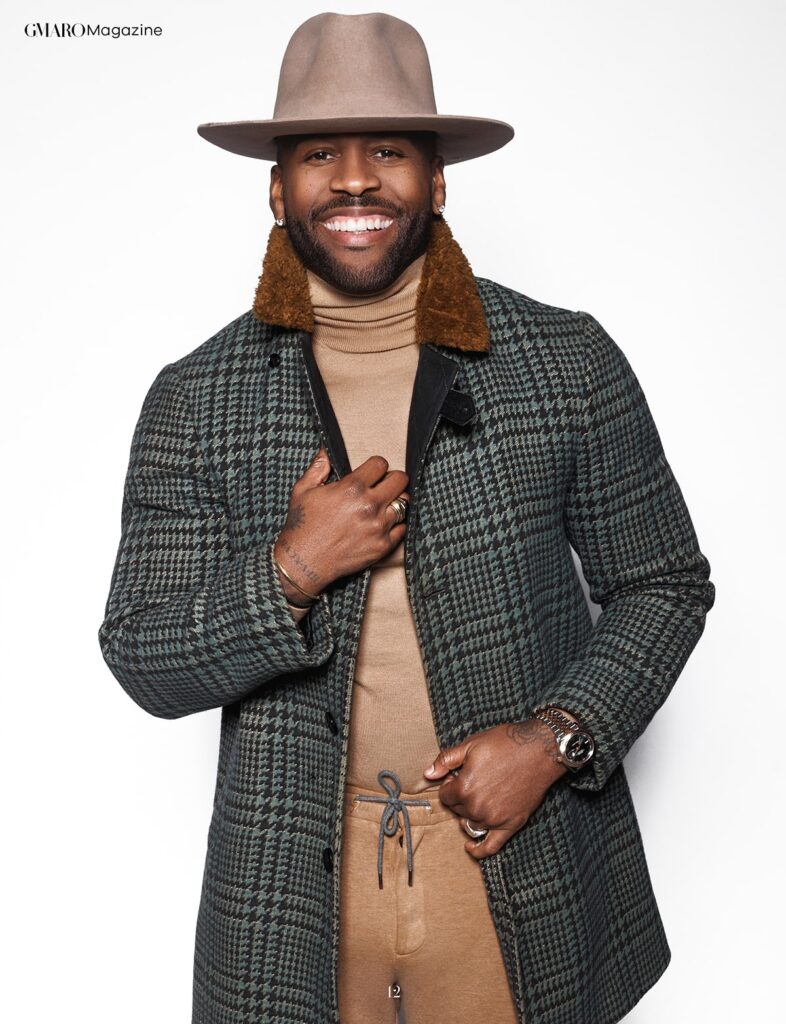
Grooming and Hygiene
When it comes to makeup for headshots, the key is to keep it natural. Aim for a look that enhances your features without being too heavy. Matte products are a good choice because they avoid the shiny or glittery look that can reflect too much light. Remember, less is more. You want to look like yourself, just a more polished version. Stick to enhancing your eyes, adding a bit of blush, and a neutral lip color. If makeup isn’t your strong suit, consider hiring a professional makeup artist who specializes in headshots. They know how to apply makeup that looks great under professional lighting.
Before your session, make sure your hair is clean and styled in a way that makes you feel confident. A fresh haircut or trim a few days before the shoot can help you look polished. For men, ensure your facial hair is well-groomed. Decide whether you want a clean-shaven look or a neatly trimmed beard or mustache. Your skin should be smooth and hydrated, so exfoliate and moisturize to achieve that. Avoid trying new skincare products right before the session to prevent any adverse reactions. Lastly, don’t forget about your nails. Your hands might be visible in some shots, so make sure your nails are clean and trimmed.
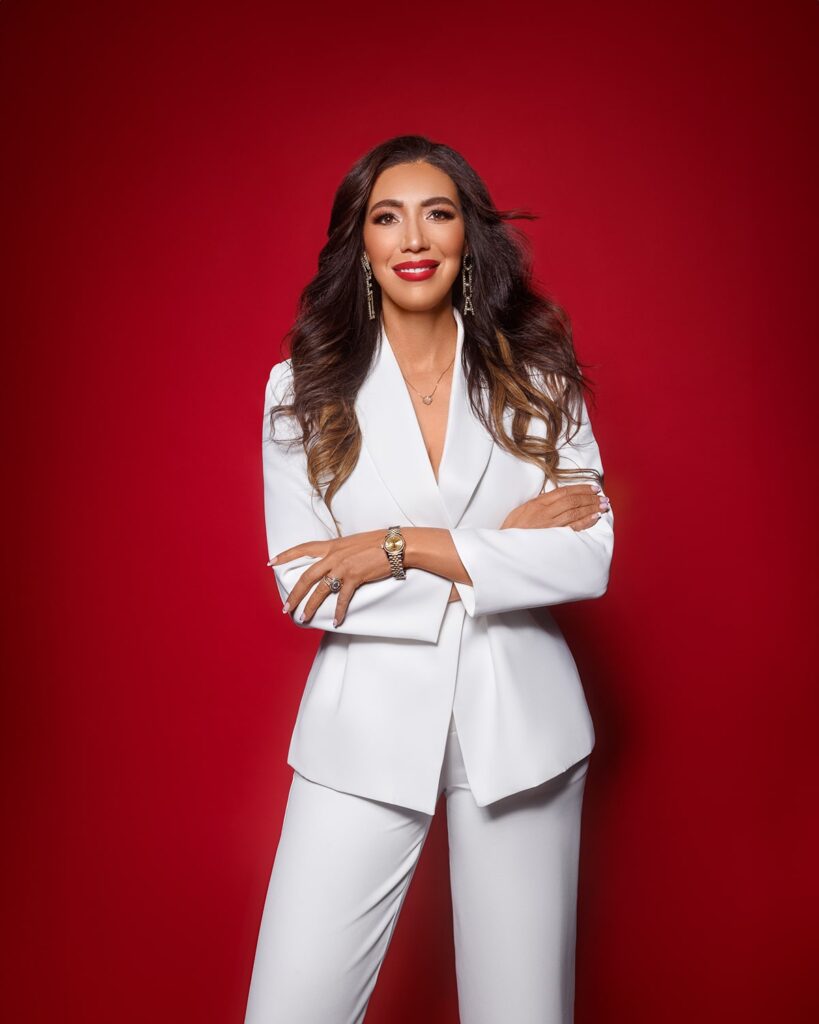
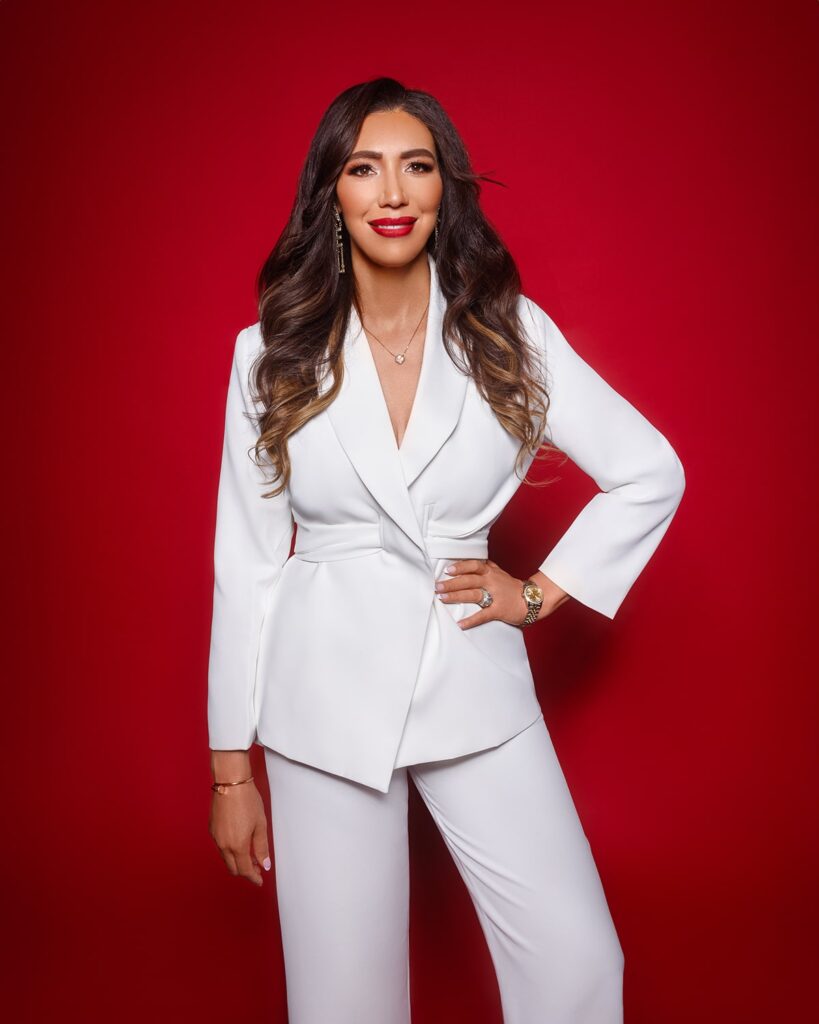
Mental Preparation
Being mentally prepared for your headshot session is just as important as looking good. A good night’s sleep before your session is essential. Being well-rested will help you look fresh and energized in your photos. Staying hydrated is also crucial. Drink plenty of water in the days leading up to your shoot. Hydrated skin looks healthier and more vibrant, giving you a natural glow.
Practice posing in front of a mirror. This might feel silly at first, but it’s a great way to get comfortable with your best angles and how to express different emotions. Knowing your good angles will make you feel more at ease in front of the camera.
If you’re feeling nervous, try some relaxation techniques like deep breathing, meditation, or light stretching. These can help calm your nerves and make you feel more at ease. Remember, the goal is to capture your best self. Focus on positive thoughts and visualize a successful shoot. Trust in your preparation and the skills of your photographer.
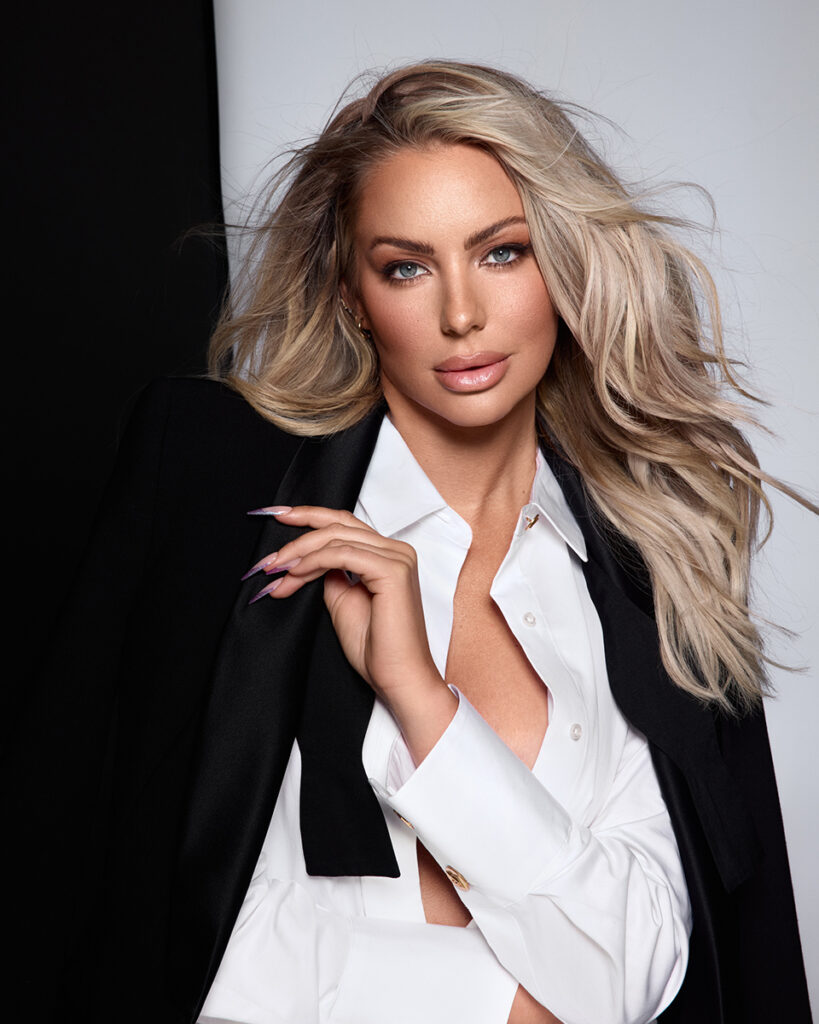
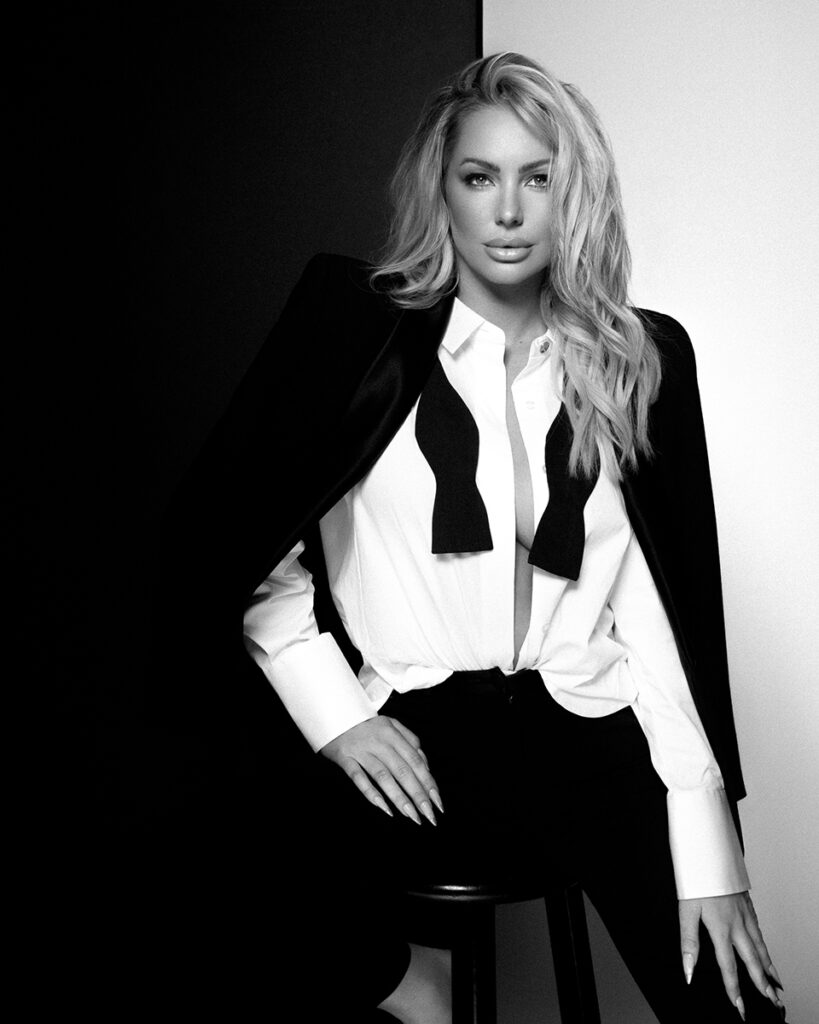
Tip 3: Understanding Lighting
Natural vs. Artificial Lighting
Lighting can make or break a professional headshot. Think of it as the secret ingredient that brings out the best in you. Natural light and artificial light each have their own set of pros and cons. Natural light, such as the kind you get from the sun, is fantastic for headshots because it’s soft and flattering. It can bring out the natural tones in your skin and give your photos a fresh, vibrant look. However, it’s also unpredictable. Cloudy days, harsh sunlight, or the changing position of the sun can create challenges. If you’re using natural light, the best time to take your headshot is during the “golden hour”—shortly after sunrise or just before sunset when the light is warm and diffused. If you’re indoors, position yourself near a large window where soft, indirect light can illuminate your face without casting harsh shadows.
Professional Lighting Setup
Professional photographers have a variety of lighting tools at their disposal, such as softboxes, ring lights, and reflectors, each designed to create specific effects and moods.
Softboxes are fantastic for creating a soft, even light that reduces harsh shadows and highlights. They diffuse the light, making it spread out more evenly across your face. This setup is particularly good for achieving that flawless, professional look that works well for corporate headshots.
Ring lights are another popular choice, especially in beauty and fashion photography. They produce a uniform light that reduces shadows and creates a pleasing catchlight in your eyes. It’s a great option if you want a bright, engaging look in your headshots.
Reflectors are used to bounce light onto your subject, filling in shadows and adding dimension to your photos. They’re especially useful for outdoor shoots or when you need to soften the effects of harsh lighting.
Shooting at a professional photo studio like Oxana Alex photography, offers the advantage of all these lighting setups. We can tailor the lighting to suit your individual needs and the style you’re aiming for. Whether you want a bright, cheerful headshot for your LinkedIn profile or a more dramatic, moody look for a personal branding project, we’ve got you covered. Professional lighting not only enhances your features but also ensures that your headshots have that polished, high-quality finish that sets them apart.
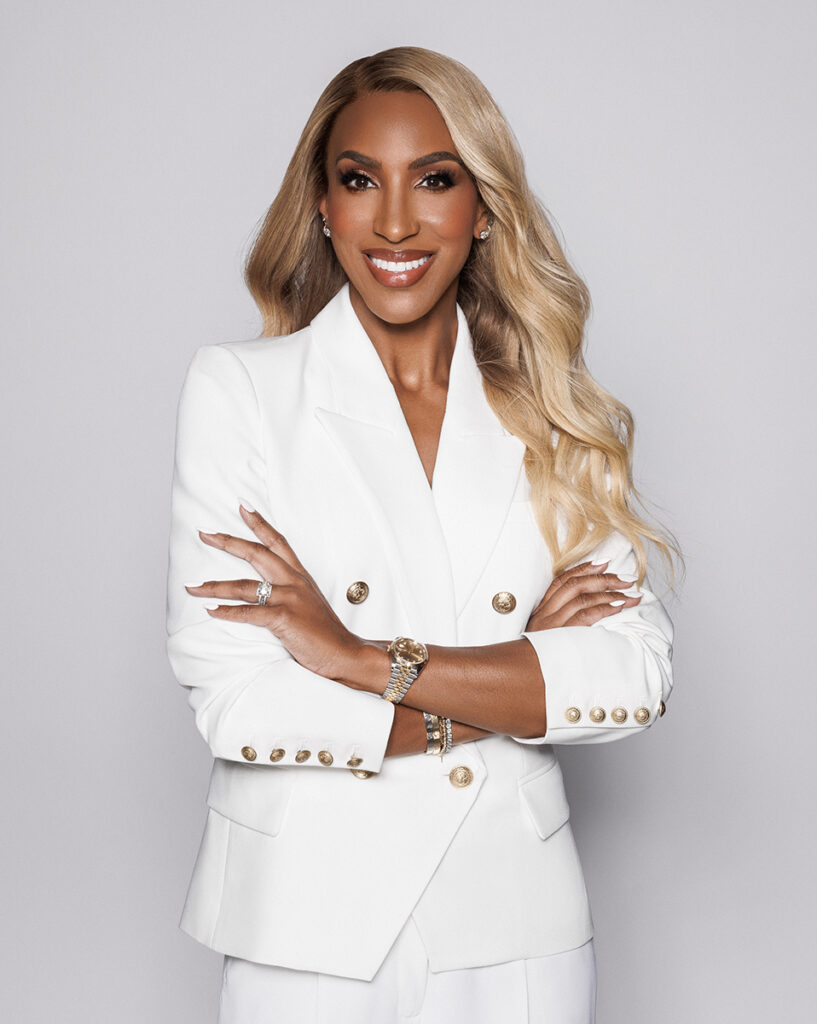
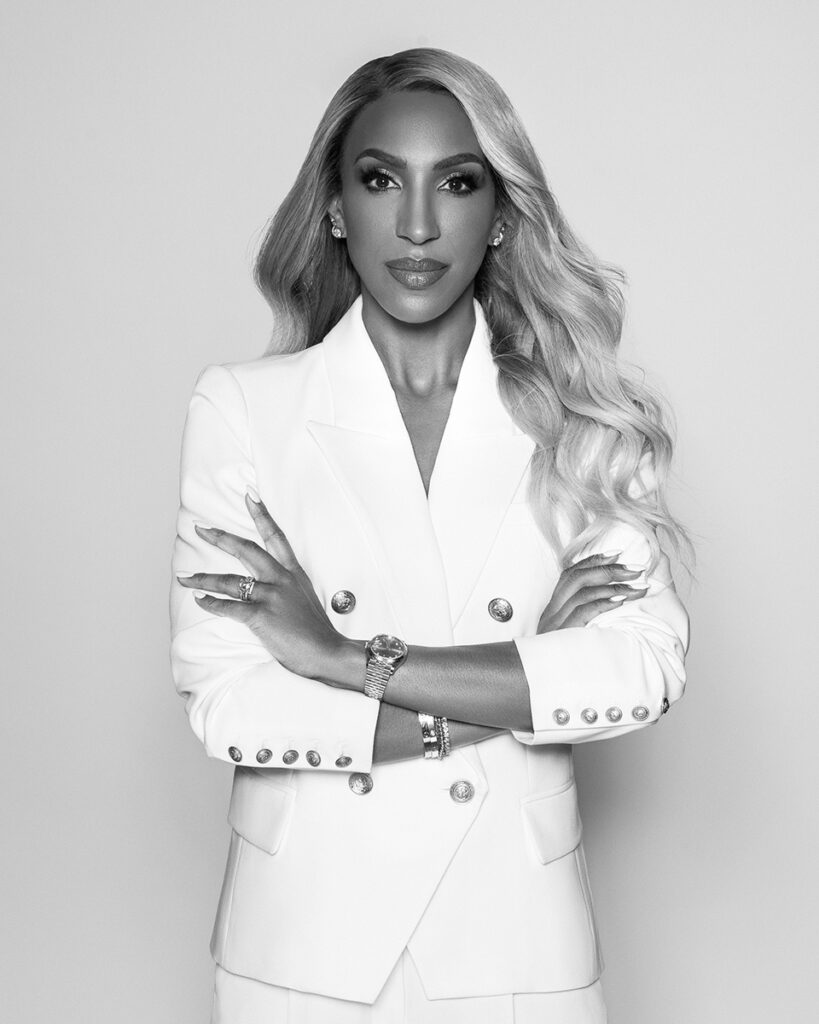
Tip 4: Posing for Success
Finding the right pose for your headshot can feel a bit like trying to solve a puzzle—you want to piece together something that looks natural but also makes you look your best. Start by experimenting with different poses in front of a mirror. This can help you get a feel for what looks good and what feels comfortable.
One great tip is to angle your body slightly to the side rather than facing the camera head-on. This can create a more dynamic and flattering look. Try turning your shoulders slightly away from the camera and then turning your head back towards the lens. This pose can highlight your jawline and create a more engaging image.
Think about your posture. Stand or sit up straight with your shoulders back. This not only makes you look more confident but also helps to create a cleaner, more professional appearance. Remember to keep your chin slightly down and your neck elongated to avoid the dreaded double chin.
Body Language
Body language plays a crucial role in how your headshot is perceived. It’s not just about the face, your entire posture can communicate confidence, approachability, and professionalism. Good posture is essential—think “tall” but relaxed. Keep your back straight, shoulders back, and head held high. This stance exudes confidence and makes for a more compelling photo.
Your hands can be tricky to manage in headshots, especially if you’re not sure what to do with them. If your hands are visible, try to keep them relaxed and natural. Placing one hand in your pocket or lightly crossing your arms can look casual yet confident.
See my full guide on how to unleash your inner model with a Los Angeles photoshoot here.
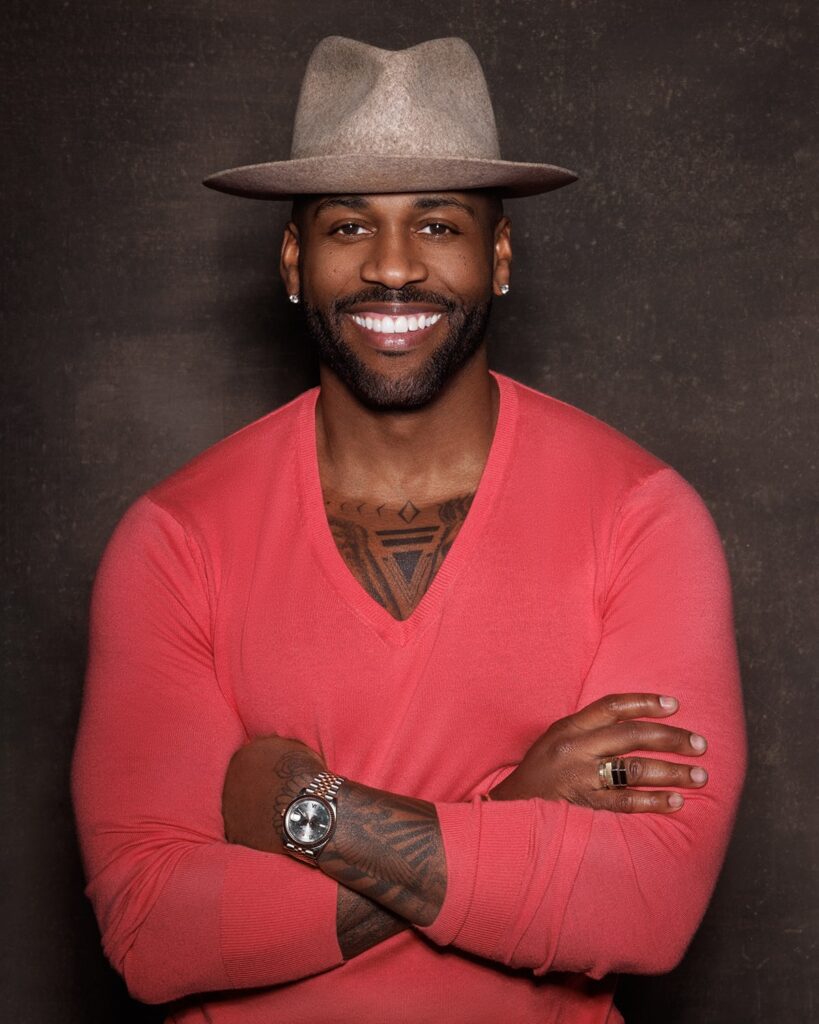
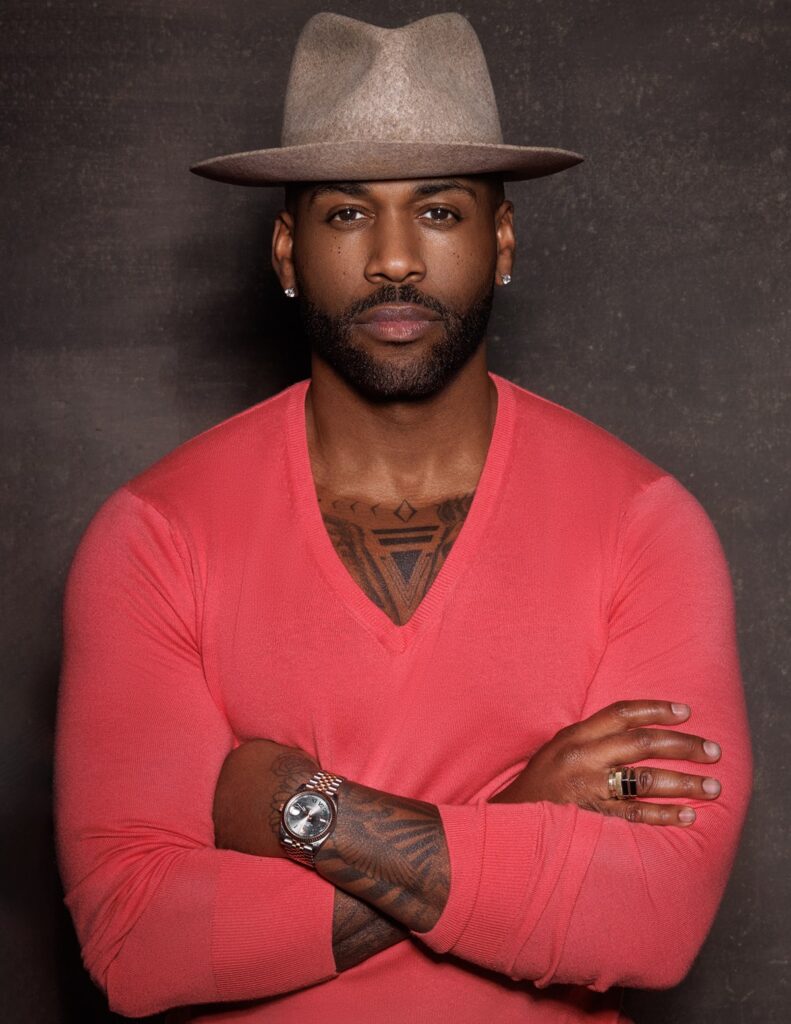
Tip 5: Facial Expressions
Smiling vs. Serious
Deciding whether to smile or maintain a more serious expression depends largely on the message you want your headshot to convey. A warm, genuine smile can make you look approachable and friendly—perfect for social media profiles or business roles that emphasize client interaction. To achieve a natural smile, think of something that makes you happy or even have someone tell you a joke. This can help you avoid the “fake” smile that we all know doesn’t quite reach the eyes.
On the other hand, a more serious expression can convey confidence and determination. This might be more suitable for industries where a no-nonsense attitude is valued. If you’re opting for a serious look, make sure it doesn’t come off as too stern. You can still soften your expression slightly with your eyes or a subtle curve of your lips.
Eyes and Eyebrows
Your eyes and eyebrows are powerful tools for conveying emotion and adding depth to your headshot. Eyes can tell a story, show confidence, and draw the viewer in. Practice engaging with the camera as if it were a person—think of it as making eye contact. This can make your headshot feel more intimate and genuine.
Your eyebrows can also help convey different emotions. Raised eyebrows can show interest or surprise, while slightly lowered eyebrows can create a more serious or intense look. Be mindful of how you use them, as they can dramatically change the feel of your photo.
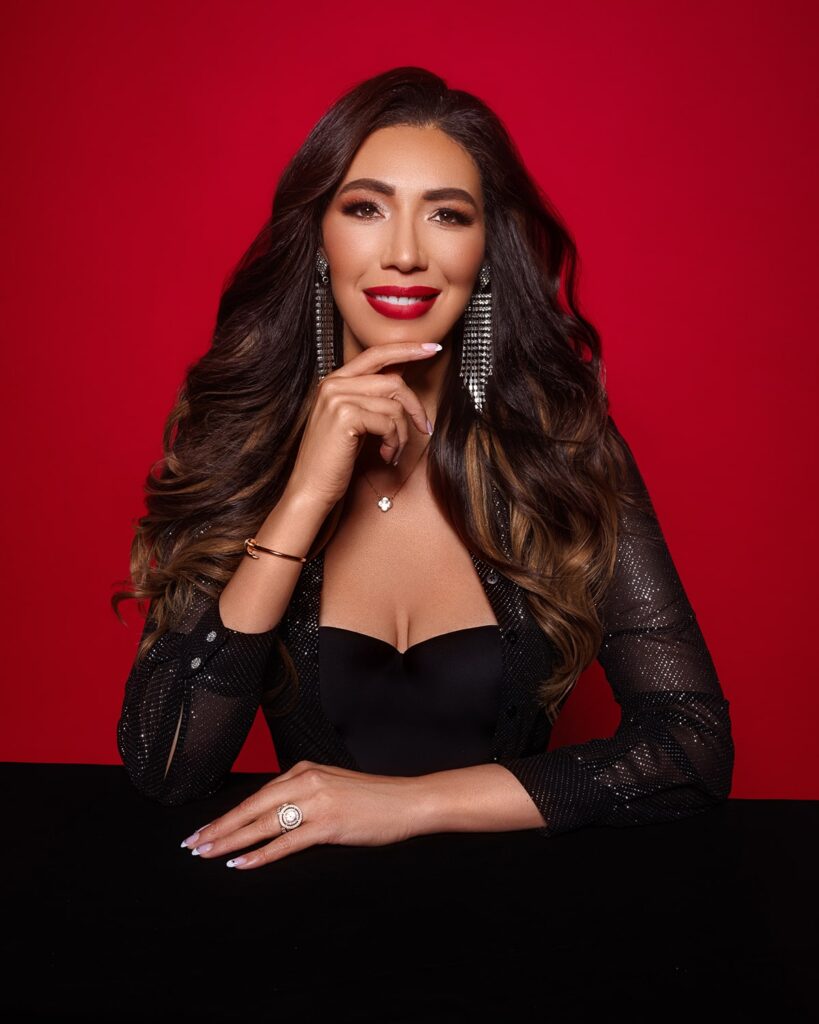
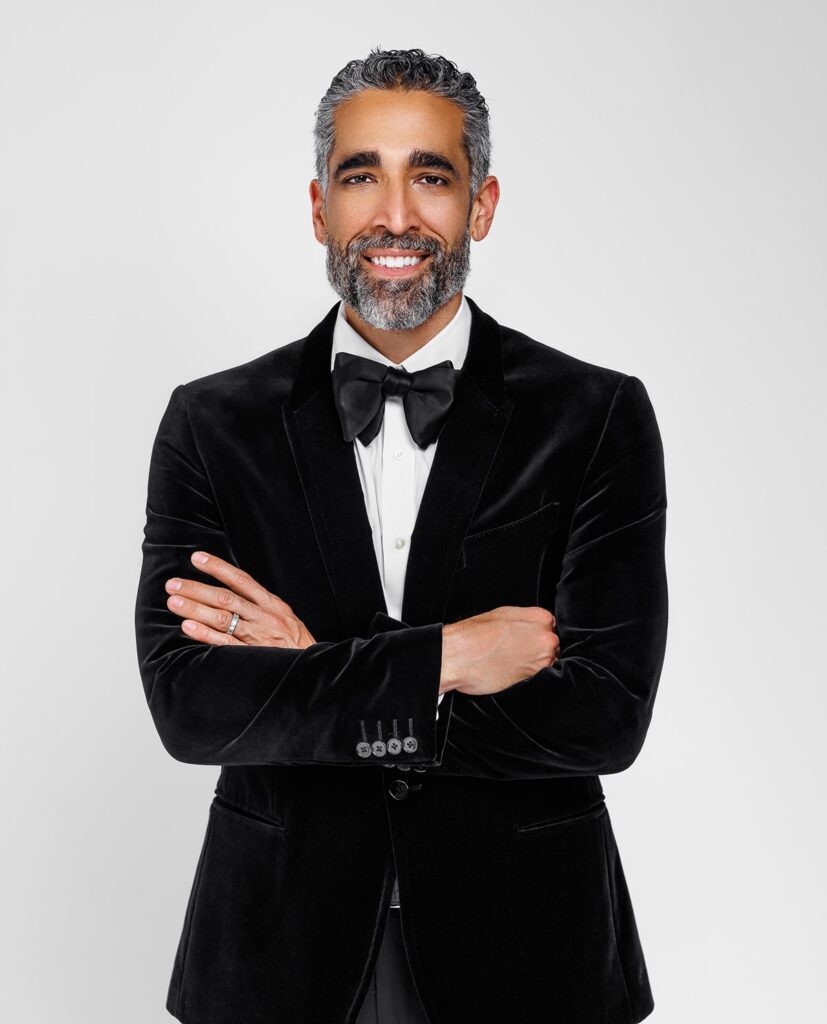
Tip 6: Background and Setting
Choosing the Right Backdrop
The background of your headshot sets the scene and helps frame you in the best light. The key is to choose a background that complements your look without distracting from you. One classic choice is a white or grey wall. It’s simple, clean, and puts all the focus on your face. This option is great if you want a timeless, professional look that’s versatile for any use.
Natural settings are another excellent option. Think of a park, a garden, or an interesting urban backdrop. These environments can add a touch of personality and warmth to your headshots. However, make sure the setting doesn’t overshadow you. The background should enhance your image, not compete with it.
Professional backdrops used in studios are also popular. These come in various colors and textures, and your photographer can help you select one that complements your outfit and overall vibe. For instance, a soft gray or blue backdrop can create a calm, professional feel, while a more textured or colorful backdrop might add an element of creativity and dynamism to your headshot.
Indoor vs. Outdoor Shoots
Deciding between an indoor or outdoor headshot session depends on the look you’re going for and the logistical considerations of the shoot. Indoor sessions, especially in a professional studio, offer controlled lighting and a variety of backdrops. This means you can achieve consistent results regardless of the weather or time of day. Indoor settings are ideal for corporate headshots or any situation where you need a polished, professional look.
On the flip side, outdoor shoots can provide a unique and natural atmosphere that’s hard to replicate indoors. Natural light can be incredibly flattering, and outdoor settings can convey a sense of openness and authenticity. However, outdoor shoots come with their own set of challenges. You’re at the mercy of the weather, and lighting can be unpredictable. It’s best to schedule outdoor sessions during the golden hour, just after sunrise or before sunset, when the light is soft and warm.
If you opt for an outdoor shoot, finding the right location is key. Look for spots that aren’t too crowded, so you can focus without distractions. Parks, quiet streets, or interesting architectural backgrounds can work well. Remember to consider how the background color and texture will complement your outfit and look.
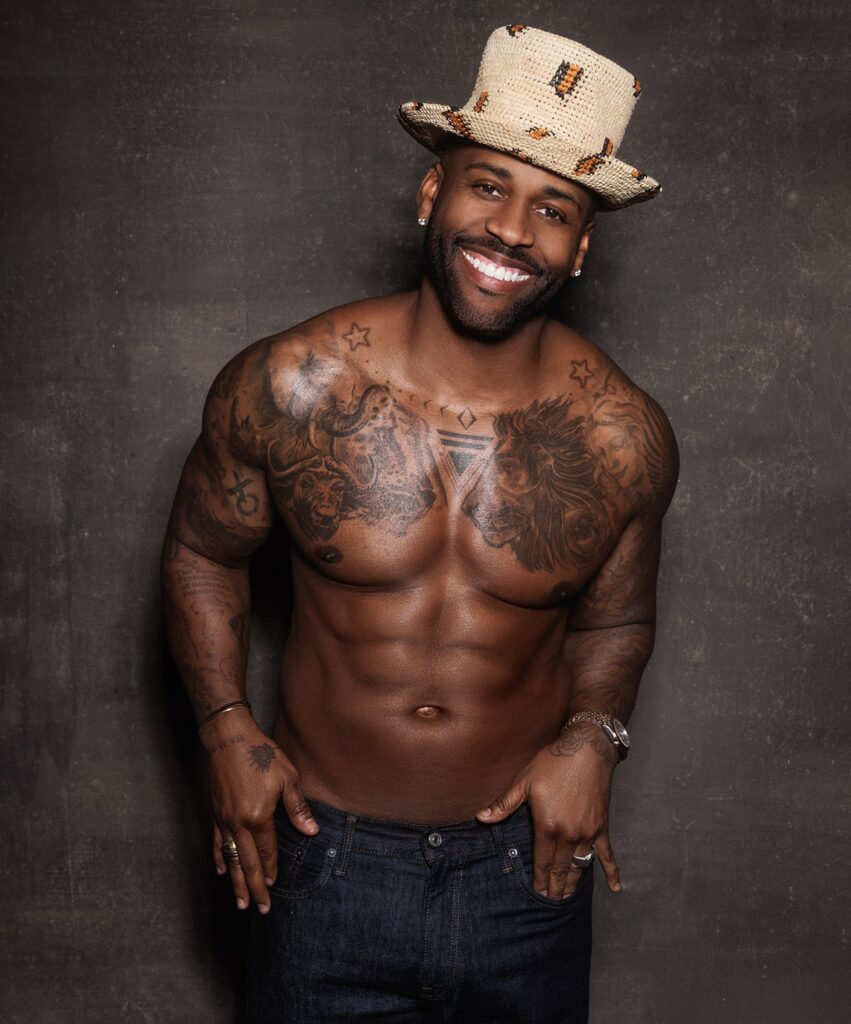
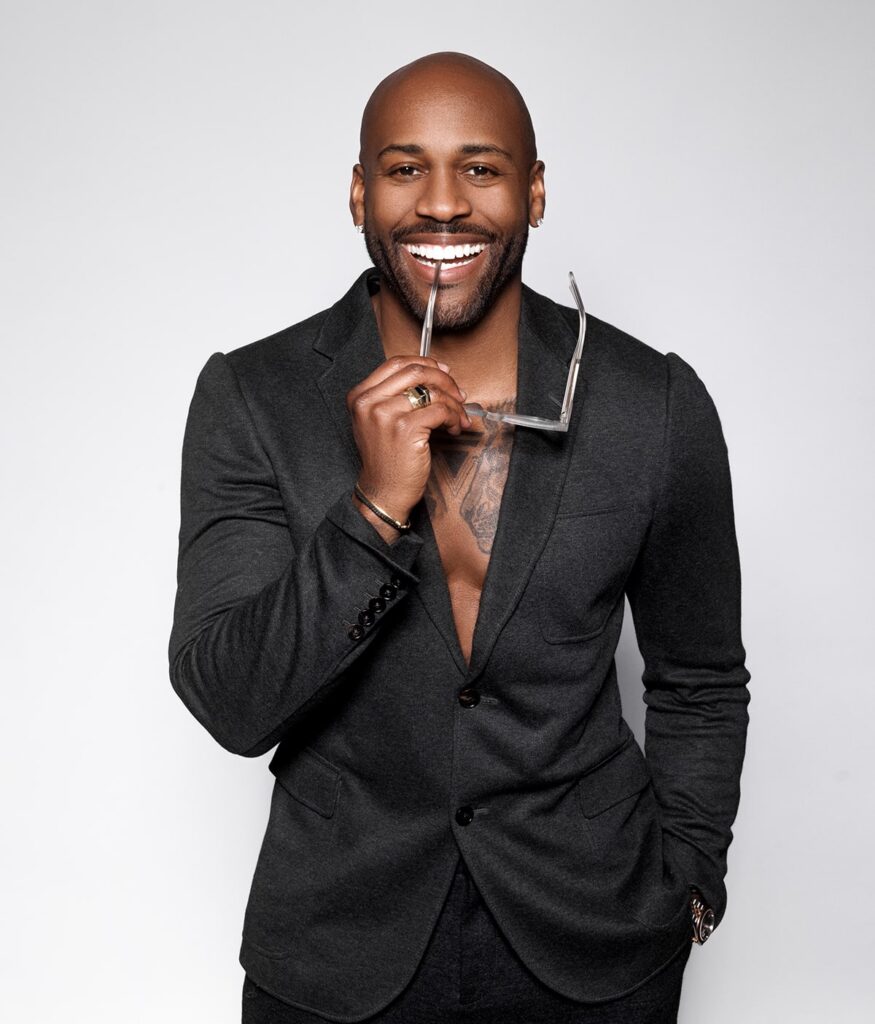
Tip 7: Using Props and Accessories
Enhancing Your Headshot
Props and accessories can add a touch of personality and context to your headshot, but they need to be used thoughtfully. The key is to choose items that enhance the image without overwhelming it. For instance, if you’re a chef, holding a utensil or wearing a chef’s coat can add an element of authenticity. If you’re in the tech industry, subtle items like a laptop or a tablet can work well.
Props can be a great way to convey your profession or passion in a single image. However, they should be used sparingly and purposefully. A well-chosen prop can provide context and tell a story about who you are and what you do, making your headshot more engaging and memorable.
Avoiding Distractions
While props and accessories can enhance your headshot, it’s important to ensure they don’t become distractions. The focus should always remain on you. Avoid overly large or bright props that draw attention away from your face. The same goes for accessories like jewelry or glasses; they should complement your look, not dominate it.
When using props, keep them simple and relevant. For example, a subtle piece of jewelry or a stylish pair of glasses can add a touch of elegance, but avoid anything too flashy.
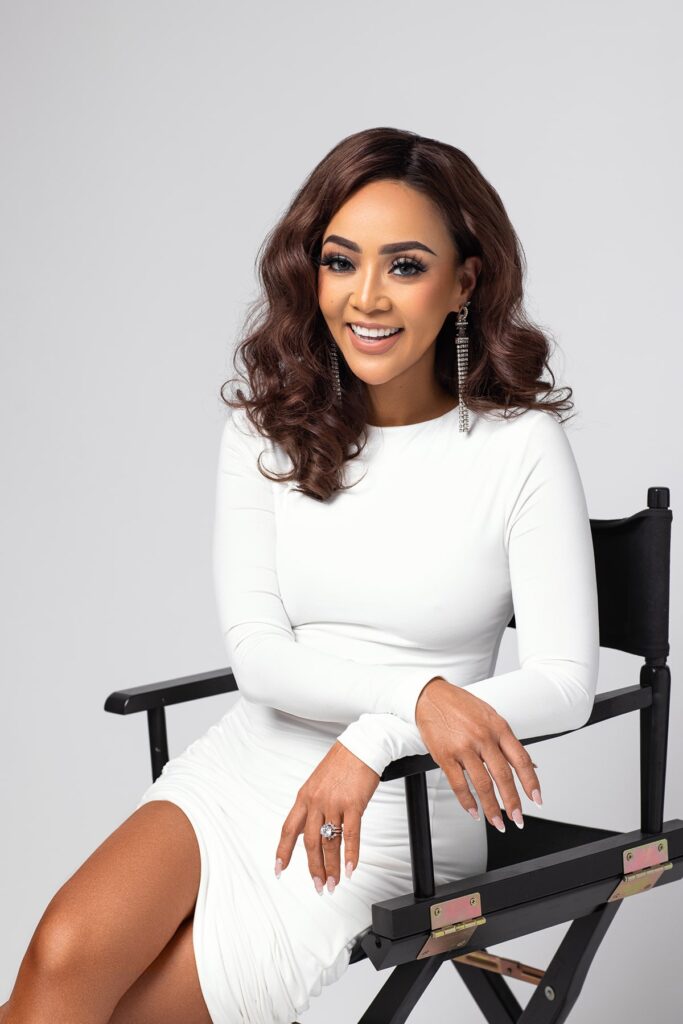
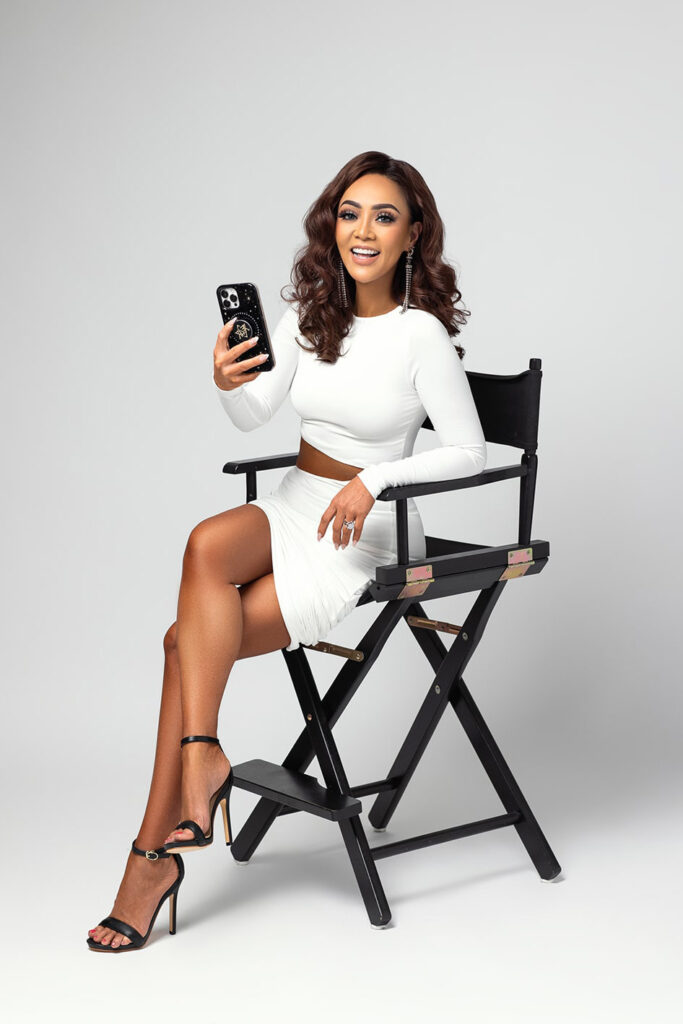
Tip 8: DIY Professional Headshots
At-Home Setup
You don’t always need a professional studio to take a great headshot. With a little creativity and some basic equipment, you can achieve professional-quality photos at home. Start by finding a spot in your home with plenty of natural light. Position yourself near a large window to take advantage of soft, indirect sunlight. This type of lighting is flattering and helps avoid harsh shadows.
Next, prop your camera or smartphone on a stable surface at eye level. A tripod is ideal, but a stack of books can work in a pinch. Make sure the background is clean and uncluttered—a plain wall or a simple, tasteful backdrop works best.
To avoid harsh shadows, consider using a reflector to bounce light back onto your face. If you don’t have a reflector, a large piece of white poster board or even a white sheet can do the trick. This will help even out the lighting and create a softer, more professional look.
Editing and Retouching
Once you’ve taken your photos, the next step is editing and retouching. Basic editing can significantly enhance your headshots. Start with adjusting the brightness and contrast to make sure your photo is well-lit and clear. Crop the image to ensure the focus is on your face, typically framing from your shoulders up.
When it comes to retouching, subtlety is key. You want to enhance your natural features without making the photo look overly edited. Use tools to gently smooth out skin blemishes, whiten teeth, and brighten eyes. Avoid heavy filters or drastic changes that make the photo look unnatural.
Many smartphone apps and computer programs offer user-friendly editing tools. Apps like Adobe Lightroom are great for beginners and can help you achieve a polished look. Remember, the goal of editing is to present the best version of yourself while still looking like you.
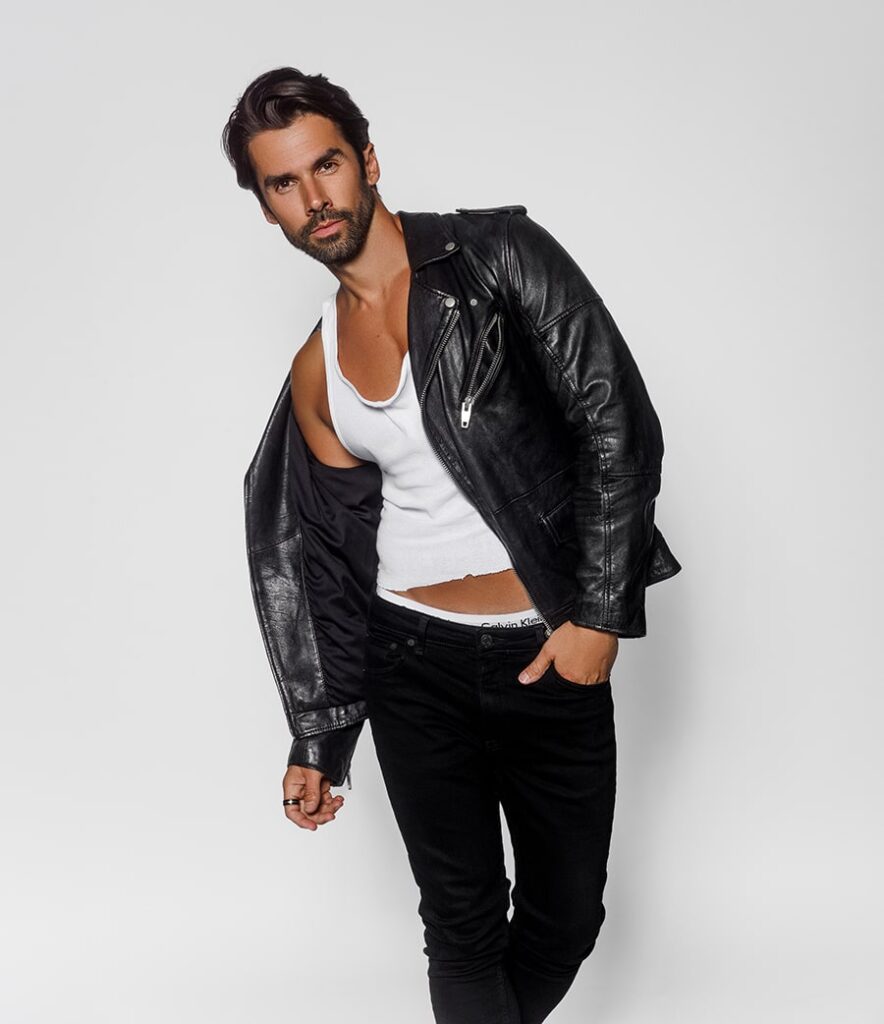
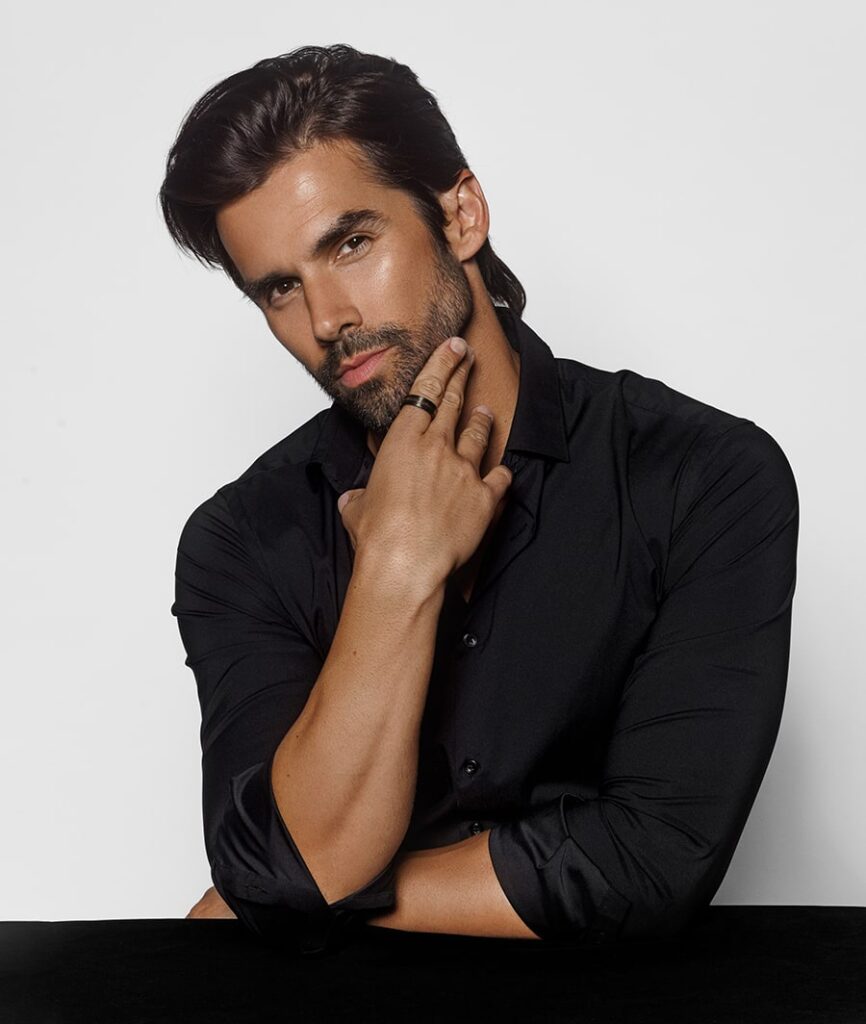
Tip 9: Making the Most of Your Headshots
Choosing the best headshot from several photos can be a bit overwhelming, but it’s an important step in ensuring your headshot truly represents you. Start by narrowing down your options to a few favorites. Look for photos where you look natural and relaxed. Your expression should be genuine, and your eyes should be engaging.
When selecting your headshot, consider what you want to convey. A great professional headshot should make you look approachable yet confident. Ask yourself, “Does this photo reflect my personality?” and “Would I want this to be someone’s first impression of me?” Show your options to a trusted friend or colleague who can give you an objective opinion. Sometimes, an outside perspective can be invaluable in making the final choice.
Tip 10: Using Headshots Online
Once you’ve chosen the perfect headshot, it’s time to put it to good use. Your headshot is an essential part of your online presence, so make sure it’s consistent across all platforms. For your LinkedIn profile, choose a photo that is professional and fits within the platform’s recommended dimensions. This helps in making a good first impression on potential employers or business connections.
For your personal or company website, ensure the photo is high-quality and appropriately sized. Your headshot can also be used on social media profiles, where it should still look professional but can have a bit more personality to fit the platform’s vibe.
Maintaining a consistent online presence is key. Use the same headshot across all your profiles to make it easier for people to recognize you. Consistency helps build your personal brand and makes you appear more professional and reliable.
Remember, the way you present yourself online can significantly impact how others perceive you. A high-quality professional headshot is a small investment that can pay off in making a lasting impression and elevating your brand. Whether you’re updating your LinkedIn profile, adding a photo to your website, or sprucing up your social media, your headshot is a powerful tool in your professional arsenal.
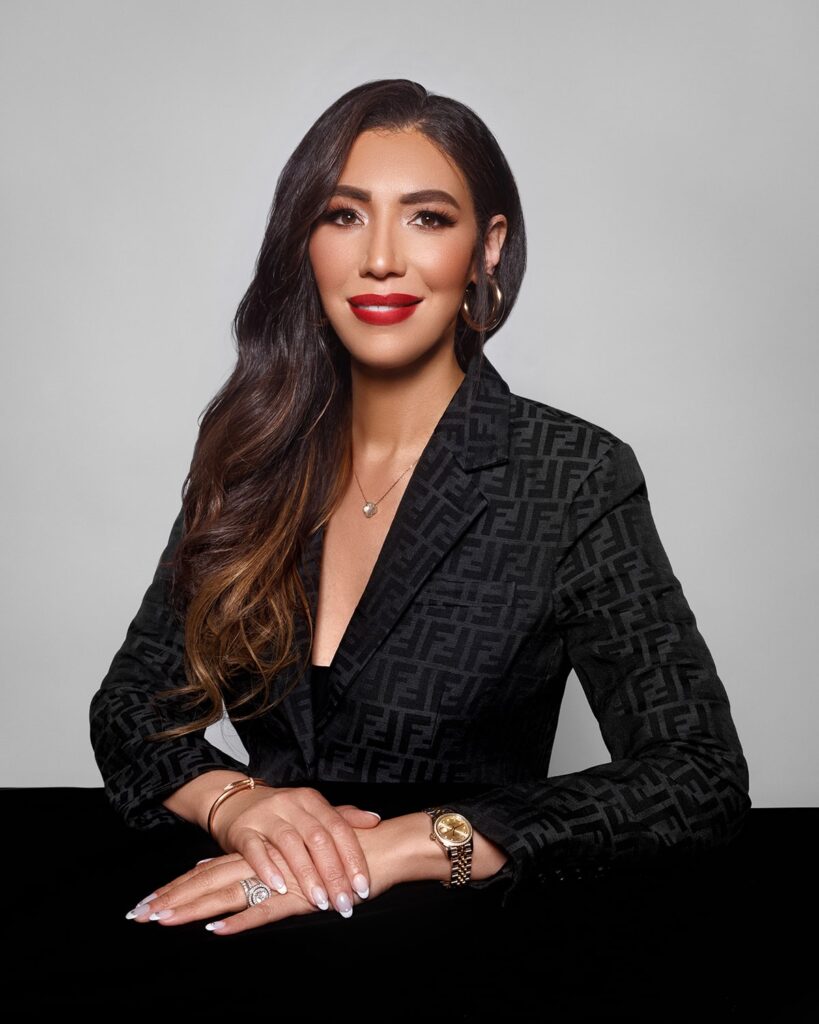
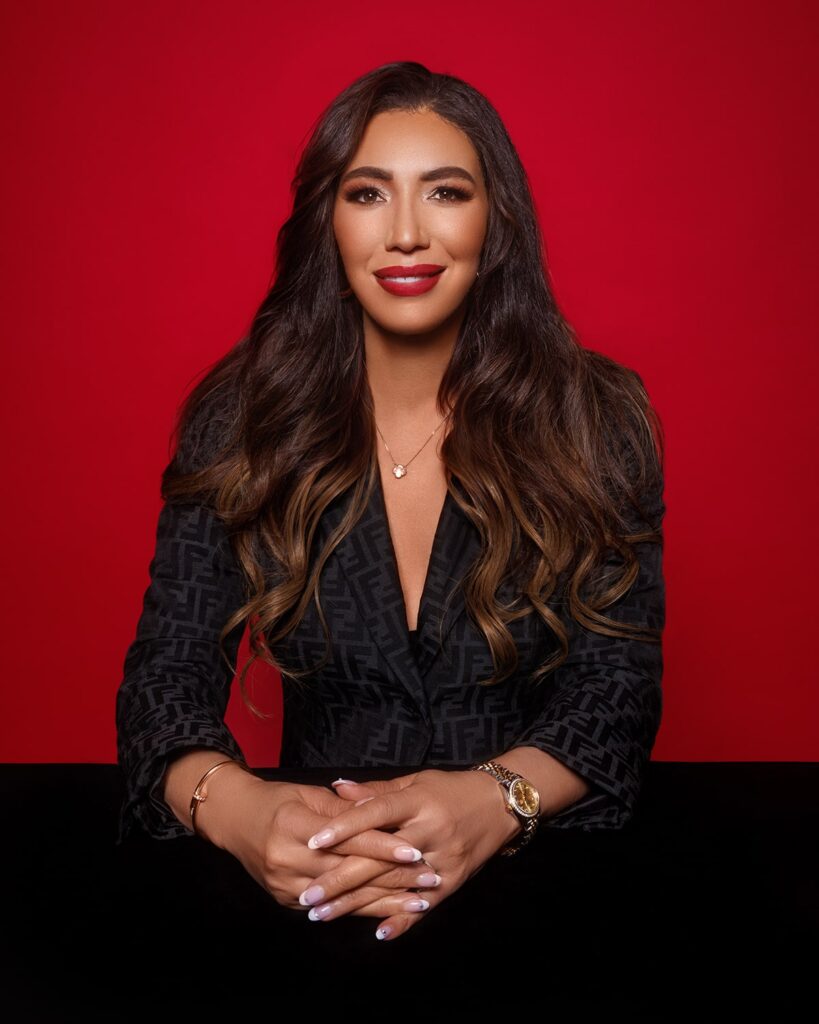
Frequently Asked Questions
What should I wear for my professional headshot?
When you’re getting ready to take professional headshots, it’s important to choose an outfit that reflects your personal style but also looks polished and professional. Stick to solid colors that complement your skin tone, and avoid busy patterns that can be distracting. Make sure to wear something that fits well and makes you feel confident.
Can I take professional headshots at home?
Absolutely! With a little preparation, you can take professional headshots at home. Find a spot with good natural light, like near a large window, and use a smartphone or camera propped up at eye level. A clean, uncluttered background is best. Follow our tips for setting up a DIY professional headshot to ensure you get high-quality results.
How can I make headshots look professional and not like a selfie?
To avoid the “selfie headshot” look, make sure to use a stable setup, such as a tripod, and avoid holding the camera. Use a timer or remote shutter to take the photos. Natural light is your best friend, so try to take photos in a well-lit area, preferably near a large window with indirect sunlight.
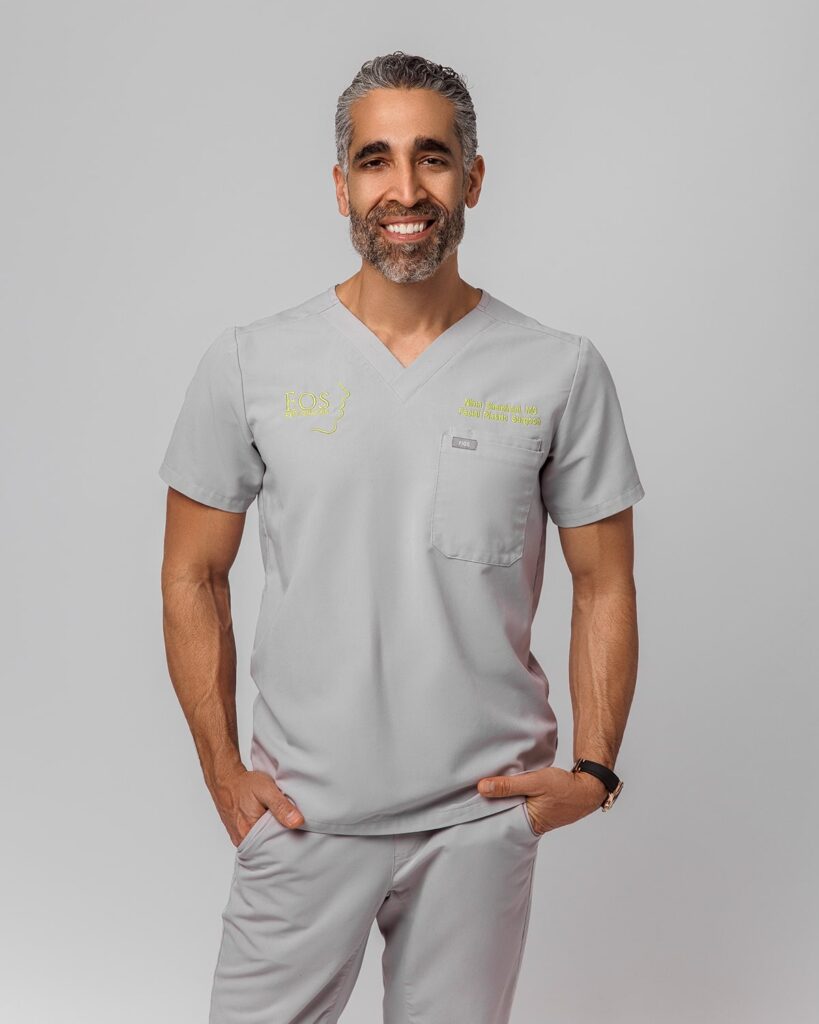
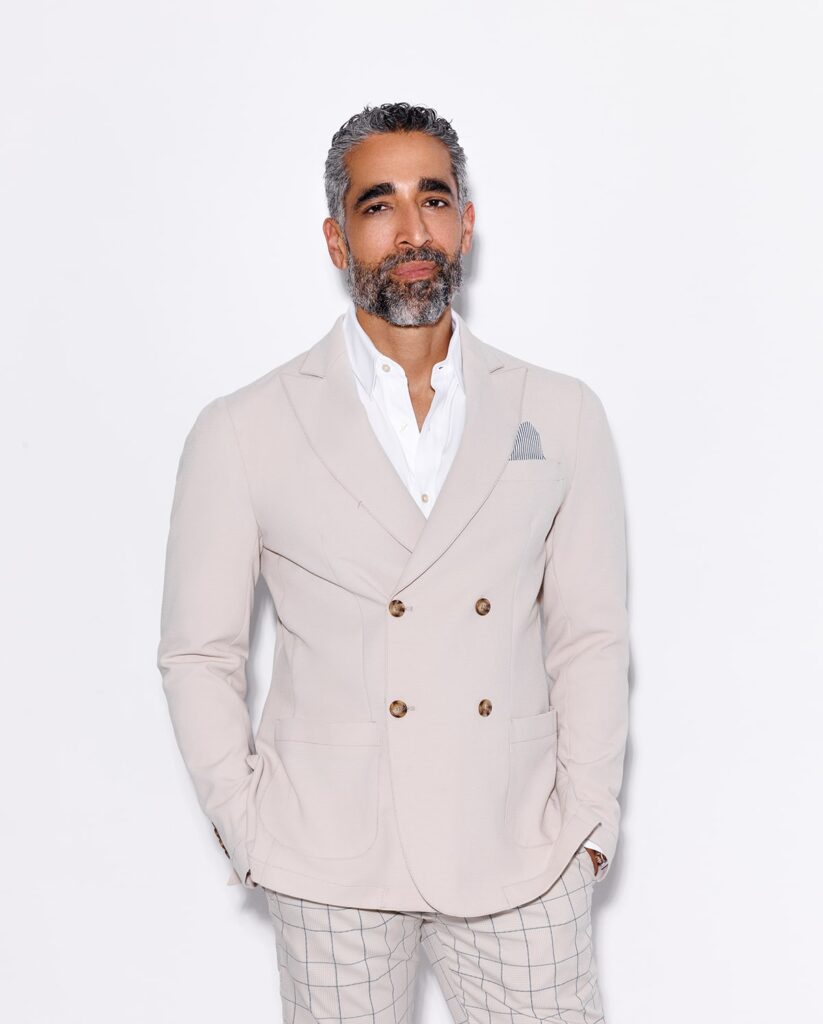
What should I look for in a professional headshot photographer?
When looking for a headshot photographer, review their portfolio to ensure their style matches what you’re looking for. Read reviews and ask about their process, including how they handle lighting, posing, and editing.
How can I make my headshots look more photogenic?
To look more photogenic, practice posing in front of a mirror before your session. Pay attention to your posture—keep your back straight, shoulders back, and your head and shoulders slightly turned for a more dynamic look. Natural expressions and photos smiling often look best.
How often should I update my headshot?
You should update your business portraits every one to two years or whenever your appearance changes significantly. Keeping your headshot current ensures it accurately represents you and maintains your professional image.
What should I avoid doing in my headshot?
Avoid using selfies as your headshot, as they often look unprofessional. Don’t wear overly bright or patterned clothing, and steer clear of heavy makeup or drastic retouching. Ensure your background is clean and uncluttered, and avoid overly stiff or unnatural poses.
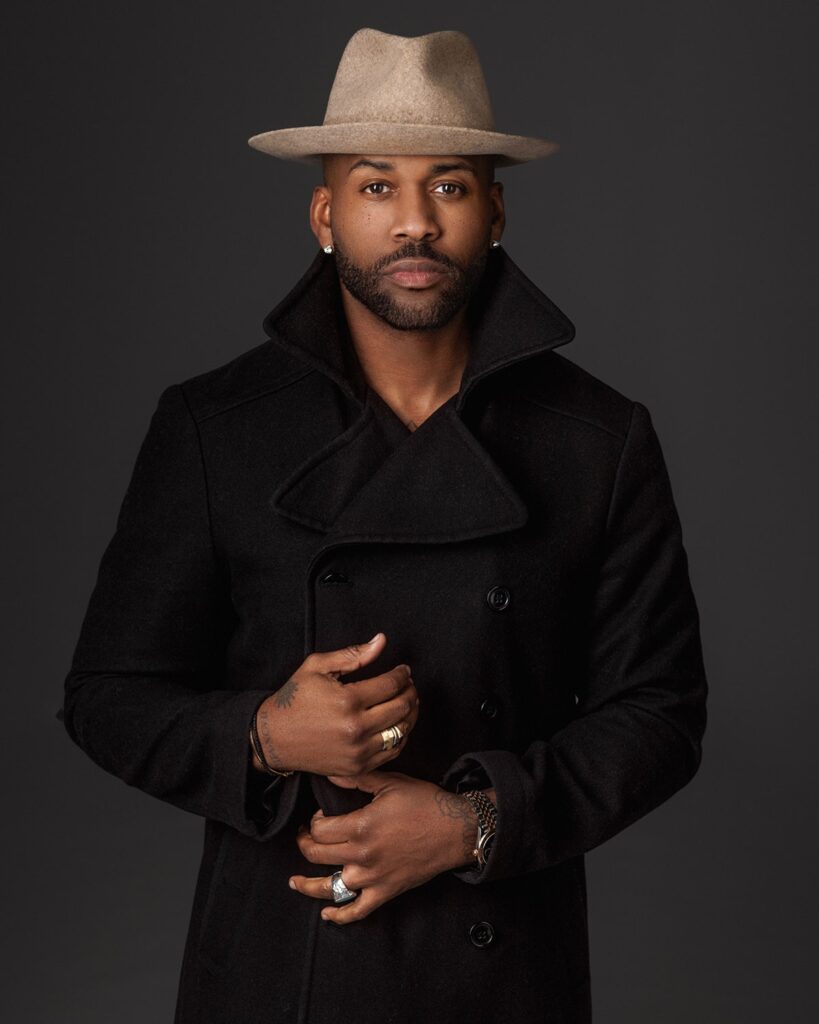
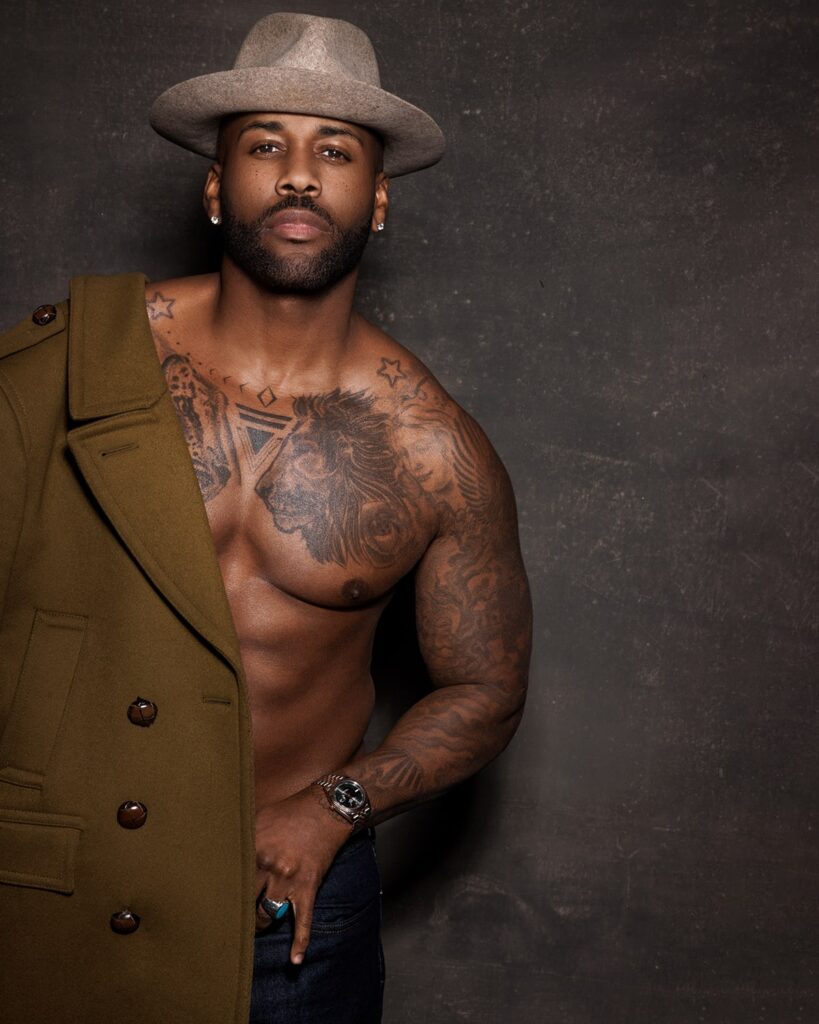
Oxana Alex Photography
At Oxana Alex Photography, we are open for booking in studio business portraits and business headshot sessions. Our studio is located at 2100 Sawtelle Blvd UNIT 307 Los Angeles, CA 90025, USA. You can see our photoshoot pricing here & our photography reviews here.
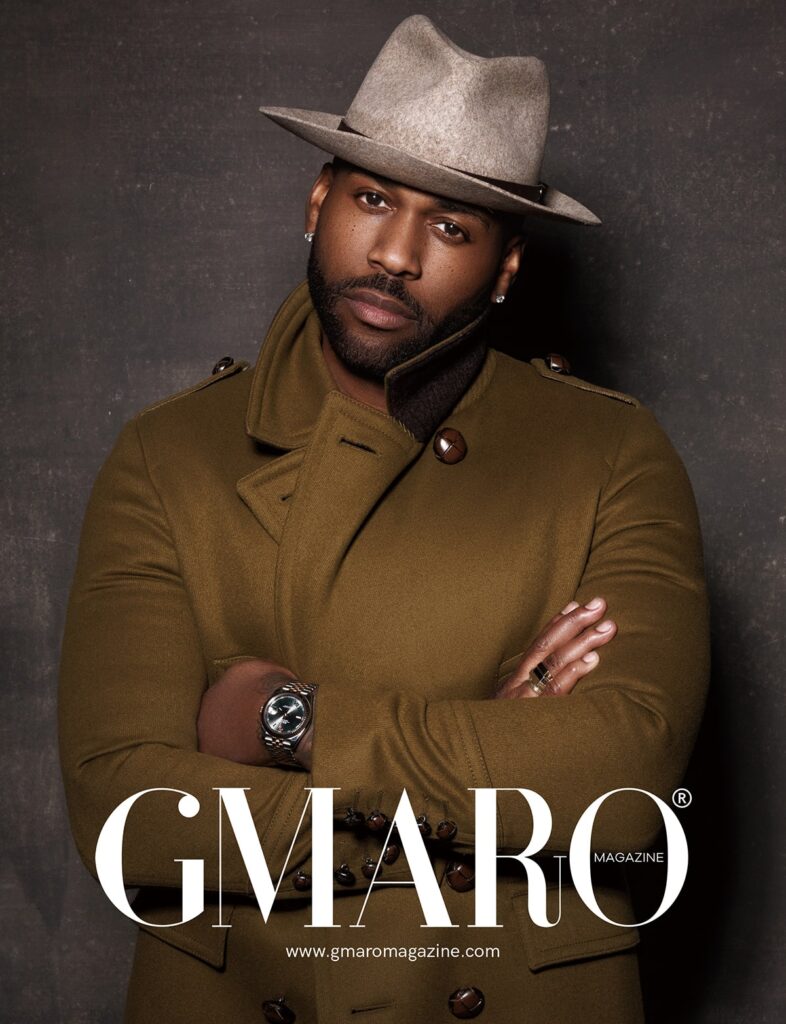
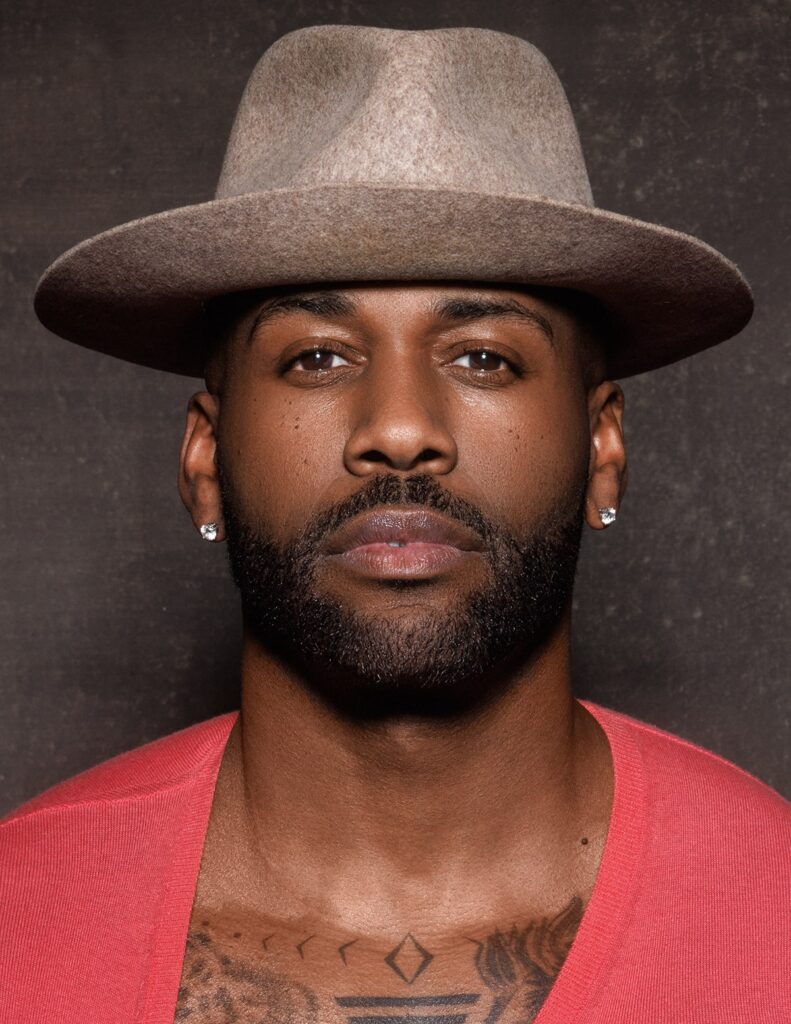
Conclusion
With the right preparation and a few key tips, you can achieve a professional, high-quality headshot that reflects your best self. Whether you’re using a professional studio or a smartphone at home, the principles remain the same: good lighting, a clean backdrop, and a confident, natural pose.
If you’re taking a DIY approach, make sure to take your time setting up your light source and background. Using a selfie may be tempting, but for better quality, consider propping your camera or smartphone and using a timer or remote. Editing can enhance your photo, but avoid overdoing it to maintain a natural look. Ultimately, your headshot is a vital part of your professional image. It’s often the first impression others have of you, and you want to make it count. By following the tips in this guide, you’ll have everything you need to know to ensure your headshot is polished, professional, and perfectly you.
How do I schedule my session?
You can schedule your session by emailing [email protected] or by texting our studio at (310) 854-9695.

